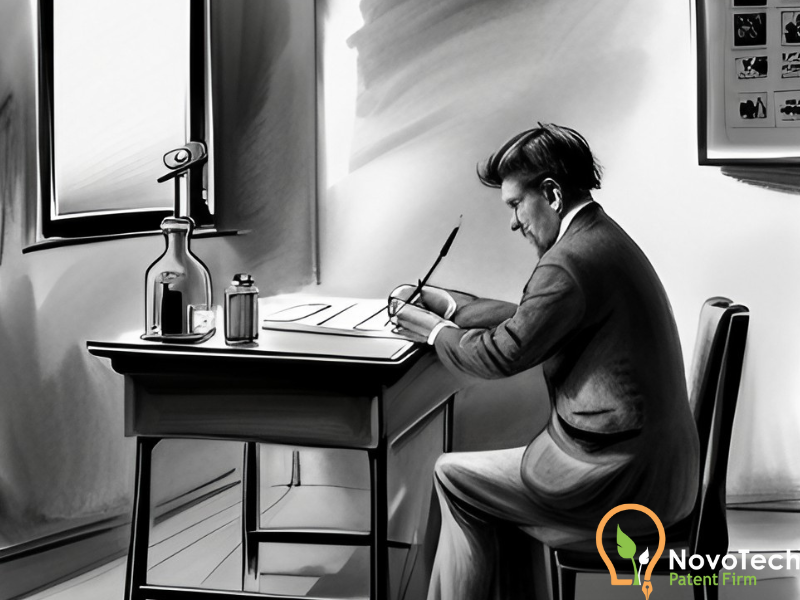
Making Sense of the Patent Eligibility Restoration Act of 2023
By Babak Akhlaghi on June 30, 2023.
The Patent Eligibility Restoration Act of 2023 proposes several findings by Congress. Among these is the assertion that the U.S. Supreme Court and other courts have established judicial exceptions to the language of the existing patent eligibility section 101, which has resulted in an increasing number of inventions being deemed ineligible for patent protection. The Act also states that judges’ attempts to apply these exceptions in specific cases in district courts and appeals courts have led to widespread confusion and inconsistency.
In response to these issues, the Act proposes the amendment of the patent eligibility section, § 101, with the introduction of statutory exceptions. This Act would abolish all judicial exceptions to patent eligibility. Any invention or discovery that can be claimed as a useful process, machine, manufacture, or composition of matter, or any improvement thereof that is useful, will be eligible for patent protection, unless explicitly stated otherwise in the modified section 101 of title 35, United States Code, as amended by this Act.
The modified patent eligibility section if enacted would read as follows:
101. Patent Eligibility
(a) IN GENERAL.—Whoever invents or discovers any useful process, machine, manufacture, or composition of matter, or any useful improvement thereof, may obtain a patent therefor, subject only to the exclusions in subsection (b) and to the further conditions and requirements of this title.
(b) ELIGIBILITY EXCLUSIONS.—
(1) IN GENERAL.—Subject to paragraph (2), a person may not obtain a patent for any of the following, if claimed as such:
(A) A mathematical formula, apart from a useful invention or discovery.
(B) A process that—
(i) is a non-technological economic, financial, business, social, cultural, or artistic process;
(ii) is a mental process performed solely in the human mind; or
(iii) occurs in nature wholly independent of, and prior to, any human activity.
(C) An unmodified human gene, as that gene exists in the human body.
(D) An unmodified natural material, as that material exists in nature.
(2) CONDITIONS.—
(A) CERTAIN PROCESSES.—Notwithstanding paragraph (1)(B)(i), a person may obtain a patent for a claimed invention that is a process described in such provision if that process is embodied in a machine or manufacture, unless that machine or manufacture is recited in a patent claim without integrating, beyond merely storing and executing, the steps of the process that the machine or manufacture perform.
(B) HUMAN GENES AND NATURAL MATERIALS.—For the purposes of subparagraphs (C) and (D) of paragraph (1), a human gene or natural material that is isolated, purified, enriched, or otherwise altered by human activity, or that is otherwise employed in a useful invention or discovery, shall not be considered to be unmodified.
(c) ELIGIBILITY.—
(1) IN GENERAL.—In determining whether, under this section, a claimed invention is eligible for a patent, eligibility shall be determined—
(A) by considering the claimed invention as a whole and without discounting or disregarding any claim element; and
(B) without regard to—
(i) the manner in which the claimed invention was made;
(ii) whether a claim element is known, conventional, routine, or naturally occurring;
(iii) the state of the applicable art, as of the date on which the claimed invention is invented; or
(iv) any other consideration in section 102, 103, or 112.
As indicated above, the primary distinctions between the newly suggested 101 and the previous 101 are that the new 101 explicitly includes statutory exceptions to patent eligibility, which were merely implied in the old 101. Additionally, the new 101 offers guidance for implementing these exceptions.